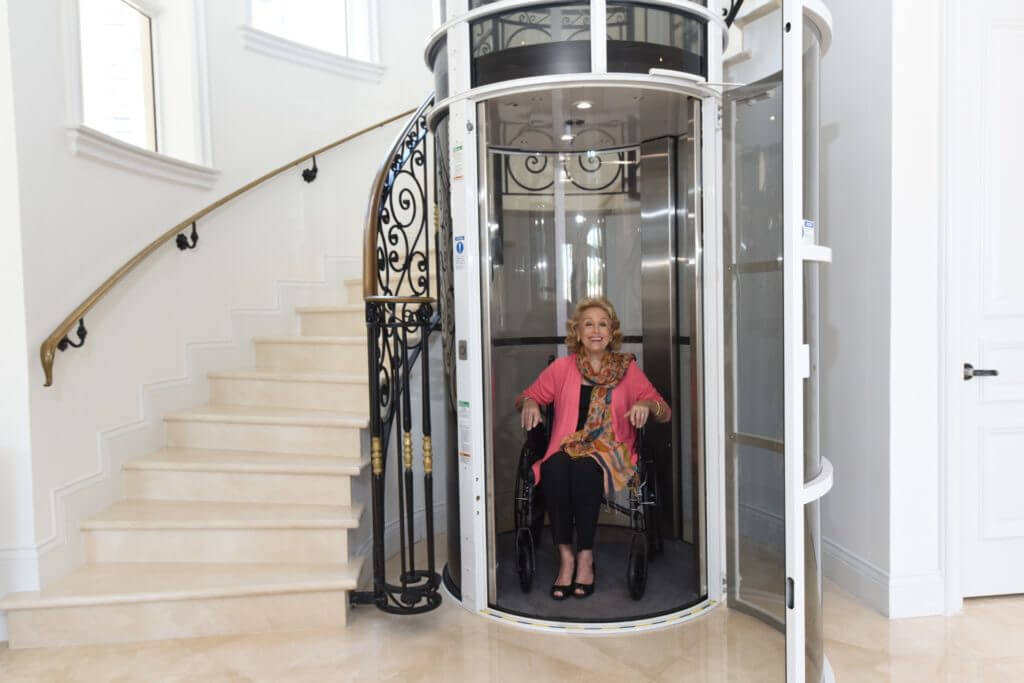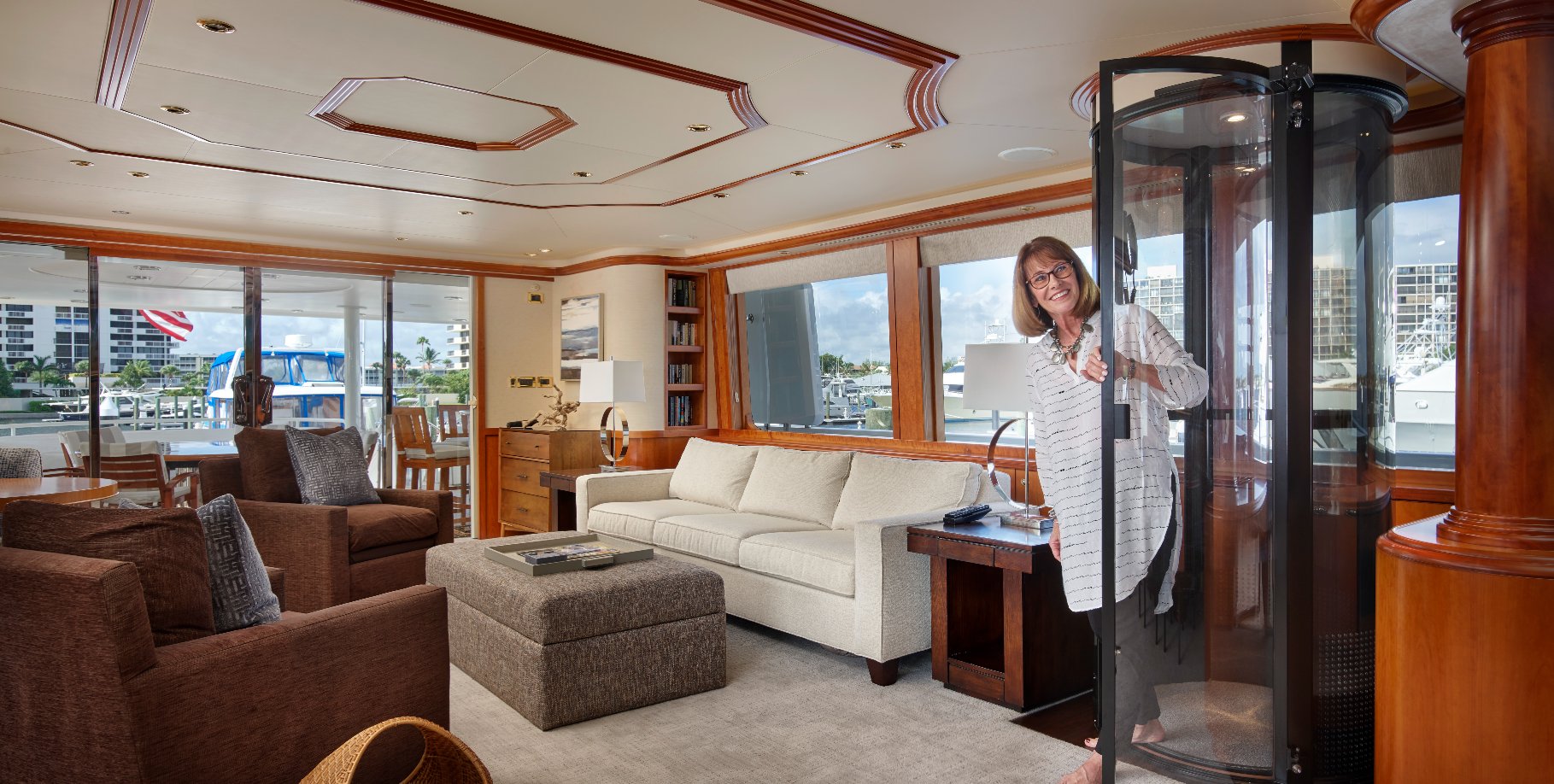In recent years, the concept of “home wheelchair lifts” has gained significant attention and popularity among those seeking to improve accessibility in their homes. These innovative devices not only enhance mobility but also eliminate the need for strenuous stair climbing. In this comprehensive article, we’ll delve into the world of home wheelchair lifts, exploring their evolution, benefits, types, and considerations for installation.
A Glimpse into the Past
To learn about home wheelchair lifts now and in the future, we need to go back in time and find out where they came from. The idea of a mechanical lift goes back to ancient civilizations, when people and things could be moved with simple methods. In the 21st century, when technology has gotten much better, home wheelchair lifts have become an important way for people who have trouble moving around to get around.
The Modern Solution
Home wheelchair lifts have become more advanced and easy to use over time. These lifts fit in well with residential settings and offer a useful and artistically pleasing way to get from one floor to another. From their industrial roots, they have come a long way and now give homeowners a wide range of options to fit their wants and tastes.
The Key Benefits
The advantages of incorporating home wheelchair lifts into your living space are numerous and significant. Let’s take a closer look at some of the key benefits:
Enhanced Accessibility
The primary purpose of home wheelchair lifts is to enhance accessibility within your home. These lifts empower individuals with mobility challenges to move freely between floors, eliminating the barriers posed by stairs.
Improved Quality of Life
Installing a wheelchair lift in your home isn’t just an investment in a piece of equipment; it’s an investment in a better way of life. Being able to move around your home without any physical limitations makes you more independent and improves your general health.
Safety and Convenience
Home wheelchair lifts put safety and ease of use first. They have a number of safety features, like sensors that can identify objects and emergency stop keys, to make sure that the ride is smooth and safe.
Space-Saving Design
Many modern home wheelchair lifts are designed with space-saving in mind. They take up minimal space and can be installed discreetly, preserving the aesthetics of your home.
Property Value Enhancement
Investing in accessibility features like a home wheelchair lift can enhance your property’s value. It makes your home more attractive to potential buyers or renters, especially those with mobility concerns.
Types of Home Wheelchair Lifts
Home wheelchair lifts come in various types, each catering to specific needs and preferences. Here are some of the most common types:
Vertical Platform Lifts
Vertical platform lifts, also known as porch lifts, are a popular choice for homes with multiple storeys. They move in a straight up-and-down motion, making them ideal for both indoor and outdoor applications.
Inclined Platform Lifts
Inclined platform lifts are designed for homes with curved or sloped staircases. They feature a platform that moves along a rail system, providing a smooth ride for wheelchair users.
Residential Elevators
For those looking for a more traditional elevator experience, residential elevators offer a stylish and efficient solution. You can customize to match the interior design of the home.
Dumbwaiters
Dumbwaiters are smaller lifts primarily used for transporting items between floors. While not designed for wheelchair users, they can add convenience to a home.
Installation Considerations
Before installing a lift, there are several important considerations to keep in mind:
Space and Location
Determine the ideal location for your wheelchair lift, ensuring there is enough space for installation and that it meets safety requirements.
Weight Capacity
Consider the weight capacity of the lift to accommodate the user and any additional equipment or accessories.
Maintenance and Service
Regular maintenance and servicing are essential to keep your home lift operating smoothly and safely. Factor in maintenance costs and schedules.
Regulations and Permits
Check the local building codes and rules before putting a home wheelchair lift to make sure you are in line. You might need licences and checks to make sure everything is safe and up to code.
Budget and Financing
Set a realistic budget for your home lift project. Explore financing options and seek out grants or assistance programs that may be available.
Conclusion: A Lift Towards Freedom
In conclusion, home wheelchair lifts have come a long way, giving people who have trouble moving around a source of access and freedom. These creative gadgets can change people’s lives because they make it easy and polite to move between floors without using stairs. As technology keeps getting better, the future of home wheelchair lifts looks even better, which means that everyone will be able to move around freely in their own houses.
ALSO READ: The Versatile Dumbwaiter: A Convenient Home Elevator Lift








